During the 80-year journey of construction and development, generations of VNA staff and reporters have made great contributions to the resistance war for national independence and freedom.
Many VNA journalists' names have been named after streets by provinces and cities, showing deep gratitude and worthy honor to those who have devoted themselves to keeping the news flowing.
During the days when the Vietnam News Agency (VNA) was bustling with activities to celebrate the 80th anniversary of its founding (September 15, 1945 - September 15, 2025), many generations of VNA journalists remembered the streets named after VNA journalists.
Proud of the News Agency journalist streets
In December 2024, the People's Council of Quang Tri province, term VIII, passed the Resolution of the 28th Session, naming 40 streets, including Luong Nghia Dung Street - journalist and martyr of VNA.
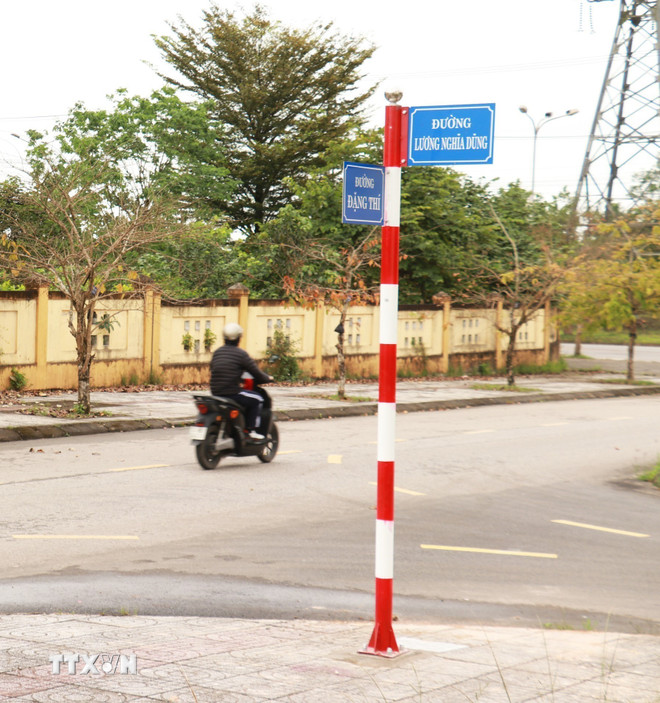
On April 1, 2025, the nameplate of Luong Nghia Dung Street in Dong Ha City (now in Nam Dong Ha Ward, Quang Tri Province) was officially installed, becoming the 8th street named after VNA journalists and soldiers nationwide.
Journalist and martyr Luong Nghia Dung was born in 1934 in Phu Nhieu village, Quang Trung commune, Phu Xuyen district, Ha Dong province (now Hanoi city).
As a war correspondent for VNA, journalist and martyr Luong Nghia Dung was famous for his many excellent photos of the war in Vietnam. In just 6 years, from the beginning of his career until his death in Quang Tri at the age of 38, journalist and martyr Luong Nghia Dung left behind more than 2,300 photos, of which his work: "Artillery Battle at Doc Mieu" was posthumously awarded the State Prize for Literature and Arts in 2007; the photo collection "Remaining Moments" was posthumously awarded the Ho Chi Minh Prize - the Party and State's most prestigious award for literature and arts in the field of photography.
Previously, there were 7 streets named after VNA journalists by localities, including: Tran Kim Xuyen Street in Hanoi, Tran Kim Xuyen Street in Ha Tinh Province, Bui Dinh Tuy Street in Ho Chi Minh City, Lam Hong Long Street in Binh Thuan Province (now Lam Dong Province), Tran Binh Khuol Street in Bac Lieu Province (now Ca Mau Province), Tran Kim Xuyen Street and Dao Tung Street in Bac Giang Province (now Bac Ninh Province).
In particular, journalist-martyr Tran Kim Xuyen was honored and had three streets named after him, including Tran Kim Xuyen Street in Cau Giay District (now Yen Hoa Ward), Hanoi City (in 2014); Tran Kim Xuyen Street in Pho Chau Town (now Huong Son Commune), Ha Tinh Province (in 2017); Tran Kim Xuyen Street in Bac Giang City (now Tan Tien Ward), Bac Ninh Province (in 2023).
Journalist-martyr Tran Kim Xuyen was the first leader of Vietnam News Agency (VNTTX), now VNA.
Born in 1921 in Ha Tinh, Tran Kim Xuyen participated in revolutionary activities from a very young age. In 1944, he was arrested by the French colonialists and imprisoned in Hoa Lo prison. After the Japanese coup against the French on March 9, 1945, he and a number of comrades organized a prison break, promoted revolutionary propaganda, and prepared for a general uprising to seize power in Hanoi.
In August 1945, he was assigned as Director of the Office of the Minister of Propaganda, with the task of assisting Minister Tran Huy Lieu in organizing the apparatus of the Provisional Government of the Democratic Republic of Vietnam. When the Information Department was established, he held the position of Deputy Director of the Vietnam Information Department, directly in charge of VNTTX.
On March 3, 1947, while carrying out the task of evacuating documents and equipment of the agency at the VNA's military base in Chuong My district, Hanoi, journalist Tran Kim Xuyen sacrificed his life, at that time he was 26 years old.
He was one of the first Vietnamese journalists to die in the resistance war against France. On April 23, 1949, President Ho Chi Minh signed a decree to posthumously award the First Class Resistance Medal to journalist-martyr Tran Kim Xuyen, emphasizing his contributions to building the Information Agency, the predecessor of VNA.
Journalist Bui Dinh Tuy (Dinh Thuy, 1914-1967) belonged to a generation of journalists who matured during the resistance war. He joined the revolution at the age of 22 and in 1954, he became a photojournalist at VNA, with his tireless dedication and outstanding contributions.
In 1957, he took on the position of Deputy Head of the first photography branch of VNA. In 1965, he was transferred to the Southeast region to hold the position of Deputy Director of the Liberation News Agency (GP).
On September 21, 1967, on the way back after reporting at the 2nd National Congress of Heroes and Emulation Fighters, Bui Dinh Tuy's working group was attacked by American planes.
He was hit by a bomb and died at the Trang Dau front at the age of 53. During his career, with his timely photos of the nation's resistance, journalist Bui Dinh Tuy was honored among the famous photojournalists of Vietnam. His contributions have helped affirm a glorious journey of the country's revolutionary journalism.
Journalist Dao Tung (1925-1990), who holds a special position in the development history of VNA for 25 consecutive years (1965-1990), was the head of the National News Agency.
He and the industry's leadership successfully carried out historic tasks, ensuring the continuity of the industry's information work under very difficult and fierce conditions, when the war spread across both the North and the South, on the battlefields, with many major campaigns, culminating in the historic 1975 Spring campaign.
He was also the initiator of the innovation of the entire industry, in the difficult post-peace conditions until the early years of the renovation period. In addition, journalist Dao Tung also made many important contributions to the International Organization of Journalists (OIJ) in the role of Vice President of OIJ.
Journalist Tran Binh Khuol (Hai Nhiep, 1913-1968) was a famous photojournalist of VNA. Before 1945, he did many jobs to make a living: taking photos on the go and drawing portraits in Bac Lieu town. In 1946, he joined the resistance war. During the 9 years of arduous resistance war, operating secretly in the heart of the enemy in Bac Lieu province, he was arrested and exiled to Con Dao.
In 1961, he was transferred to the Press Agency of Zone 9, under the Photography Department. One year later, the Photography Department was split into two, and he was assigned as Head of the Photography Department of the Western News Agency (Zone 9).
Journalist Tran Binh Khuol died on December 12, 1968, on his way to take photos of the battle in Rach Trui, Cai Tau, U Minh district, and was buried by his comrades at Bien Nhi cemetery, U Minh district. This place was leveled by the enemy to make an artillery position, so his grave was lost since then.
After the country's reunification, the people and local government built a symbolic tomb in his name at the martyrs' cemetery in U Minh district.
In addition to the State Prize for Literature and Arts in 2007, journalist Tran Binh Khuol was posthumously awarded the First Class Resistance Medal, the Medal for the Cause of Vietnamese Journalism, and the title of Outstanding Contribution Photographer.
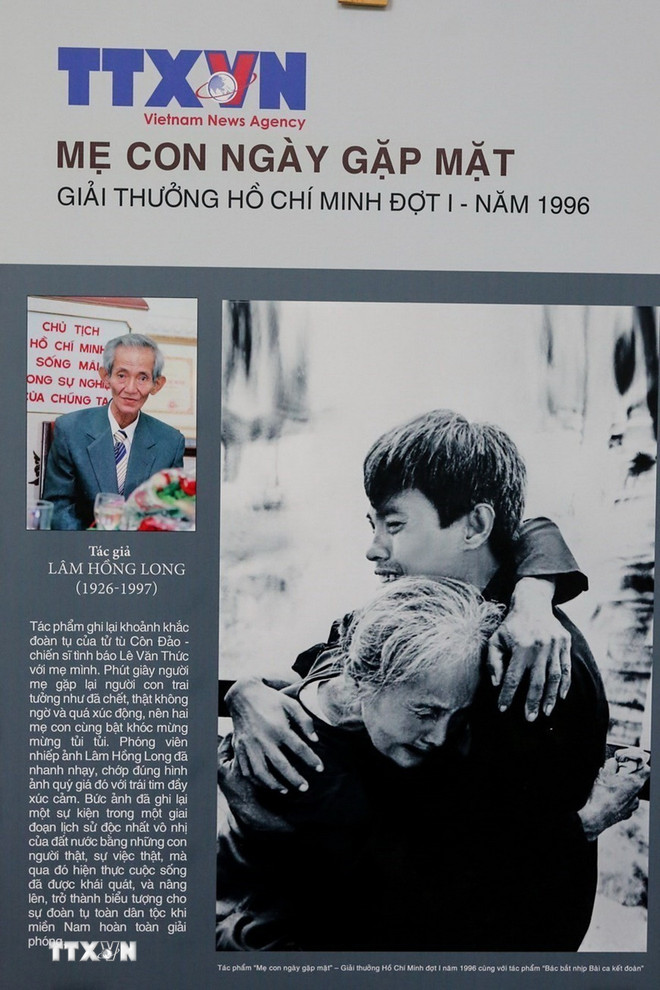
Among the VNA journalists whose streets are named after them is journalist and photographer Lam Hong Long.
He was born in 1925 in Binh Thuan province (now Lam Dong province) and died on March 21, 1997 in Ho Chi Minh City. Journalist Lam Hong Long participated in revolutionary activities in the South from a young age and was arrested and imprisoned.
After 1954, he gathered in the North and became a photographer for VNA. Journalist Lam Hong Long is a prominent figure among the team of talented and dedicated photographers for VNA.
He is the author of the historical photos "Uncle Ho keeping the rhythm of the song of Solidarity" and "Mother and child meeting again" - two famous works that were awarded the Ho Chi Minh Prize for Literature and Arts, Phase I (1996)...
Continuing the heroic tradition
It can be said that the names of journalists Tran Kim Xuyen, Dao Tung, Bui Dinh Tuy, Lam Hong Long, Tran Binh Khuol, Luong Nghia Dung... are famous on roads from North to South and have become a source of pride for individuals, families, hometowns and the staff, reporters and employees of VNA through many generations.
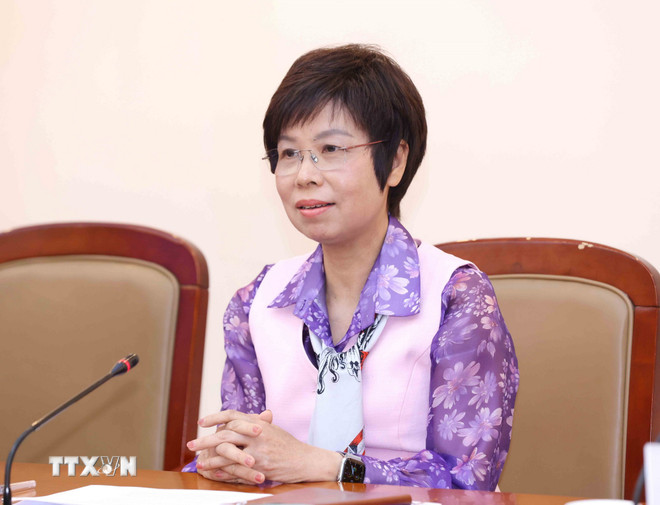
According to Party Secretary and General Director of VNA Vu Viet Trang, the names of journalists honored on spacious and open streets are a recognition and honor of the great contributions and sacrifices of journalists, demonstrating the fine tradition and morality of "When drinking water, remember its source" of the Vietnamese people.
At the places where journalists and martyrs were born, grew up and devoted themselves, the streets named after news journalists will extend the "red addresses" of revolutionary tradition education, passing on the fire and energy to the next generation of revolutionary journalists.
People and journalists, especially the younger generation, will better understand the background and career of journalists who once braved the battlefield, fought bravely, had the intelligence and fortitude to have news and photos recording the nation's historical moments or reflecting the exciting atmosphere of the country's construction.
Proud to be the next generation, journalist Nguyen Minh Phuong (Tin Tuc and Dan Toc Newspaper - VNA) shared that every time she has the opportunity to pass Tran Kim Xuyen Street in Yen Hoa Ward (Hanoi), she feels proud, because that is the name of a journalist from VNA, where she is working.
"As a generation of journalists today, working in a national news agency with a long tradition, built on the contributions of previous generations of journalists, I am always proud and grateful to you, my uncles and aunts, and at the same time remind myself to try to do better in my work as a VNA journalist, worthy of the heroic tradition that previous generations have built and nurtured," journalist Minh Phuong shared.
Journalist Nguyen Danh Lam, a reporter for the VNA's permanent office in Bac Ninh, a locality with two streets named after two VNA journalists, said that journalists in Bac Ninh province are always proud of the presence of two streets named after journalists Tran Kim Xuyen and Dao Tung, because naming streets after journalists is an affirmation and recognition by the Party and State of the contributions of journalists to the struggle for national liberation and to the Vietnamese revolutionary press, and at the same time, reminds generations of journalists of the noble meaning of the profession.
"I myself am a resident reporter in Bac Ninh province, where there are two streets named after journalists Tran Kim Xuyen and Dao Tung. I feel even more proud because they are the "predecessors" who worked at VNA, where I am working. Every time I have the opportunity to pass that street, I remember their example and remind myself to constantly strive to do my job well and steadfastly stick with journalism," journalist Danh Lam expressed.
During the days when VNA was bustling with activities to celebrate the 80th anniversary of VNA's founding (September 15, 1945 - September 15, 2025), when mentioning the streets named after VNA journalists, generations of VNA journalists were even more proud and grateful to those who had devoted themselves to the cause, contributing significantly to creating a National News Center - an information unit that received the title of Hero of the Armed Forces and Hero of Labor in the Renovation period three times for its great contributions, ready to sacrifice for the cause of national liberation and revolutionary journalism./.
Source: https://www.vietnamplus.vn/nho-ve-nhung-con-duong-ton-vinh-cac-nha-bao-thong-tan-xa-viet-nam-post1061409.vnp


![[Photo] Hue: Inside the kitchen that donates thousands of meals a day to people in flooded areas](https://vphoto.vietnam.vn/thumb/1200x675/vietnam/resource/IMAGE/2025/10/29/1761738508516_bepcomhue-jpg.webp)
![[Photo] National Assembly Chairman Tran Thanh Man received a delegation of the Social Democratic Party of Germany](https://vphoto.vietnam.vn/thumb/1200x675/vietnam/resource/IMAGE/2025/10/28/1761652150406_ndo_br_cover-3345-jpg.webp)
![[Photo] Flooding on the right side of the gate, entrance to Hue Citadel](https://vphoto.vietnam.vn/thumb/1200x675/vietnam/resource/IMAGE/2025/10/28/1761660788143_ndo_br_gen-h-z7165069467254-74c71c36d0cb396744b678cec80552f0-2-jpg.webp)
![[Photo] Prime Minister Pham Minh Chinh chaired a meeting to discuss solutions to overcome the consequences of floods in the central provinces.](https://vphoto.vietnam.vn/thumb/1200x675/vietnam/resource/IMAGE/2025/10/29/1761716305524_dsc-7735-jpg.webp)


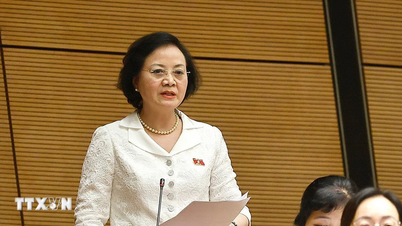
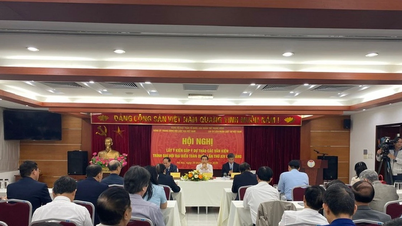
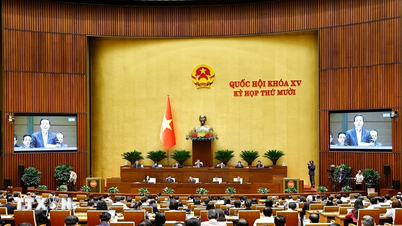
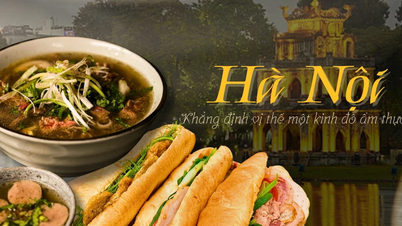
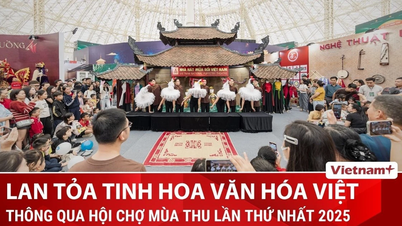
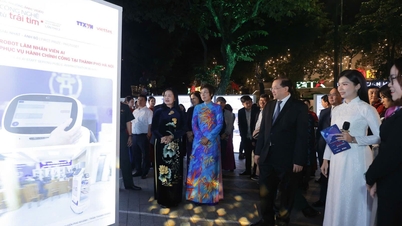

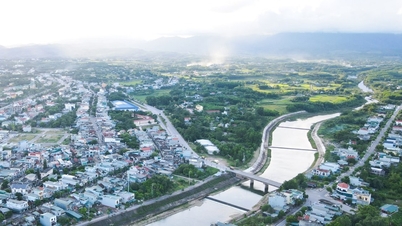

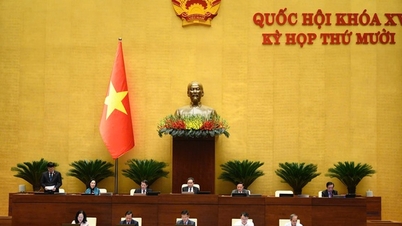

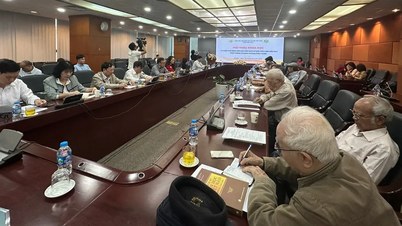

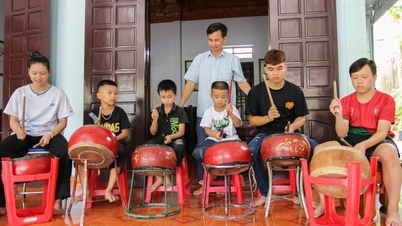

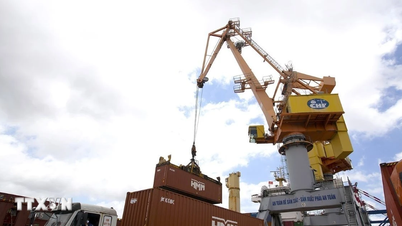






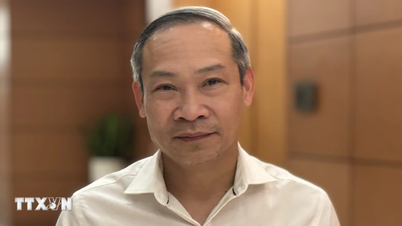
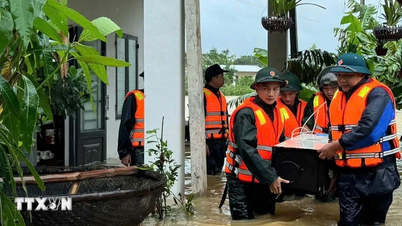
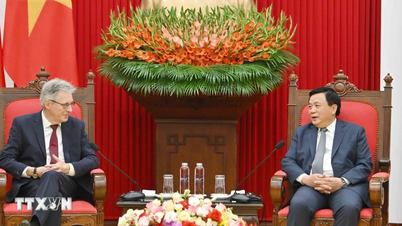

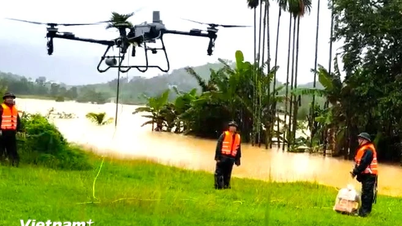





































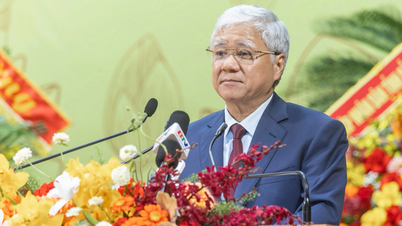
![[Infographic] Vietnam's socio-economic situation in 5 years 2021-2025: Impressive numbers](https://vphoto.vietnam.vn/thumb/402x226/vietnam/resource/IMAGE/2025/10/29/1761730747150_anh-man-hinh-2025-10-29-luc-16-38-55.png)


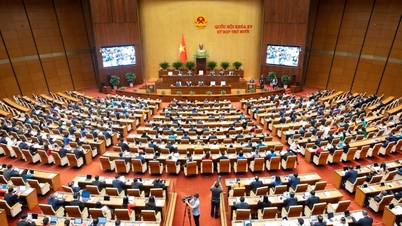
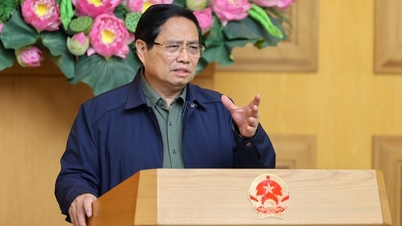
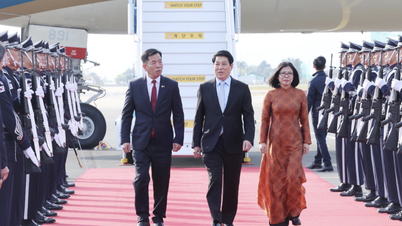
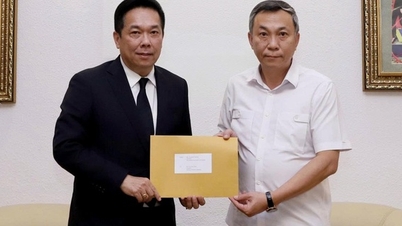


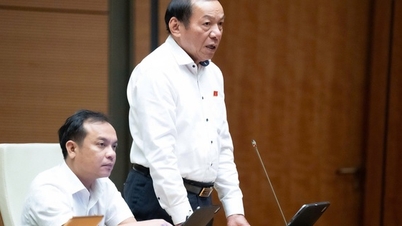
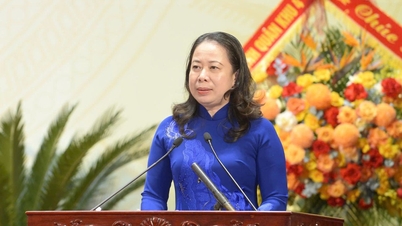

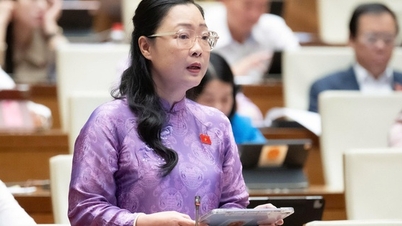
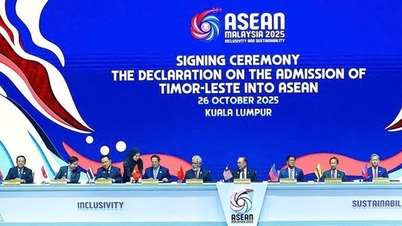
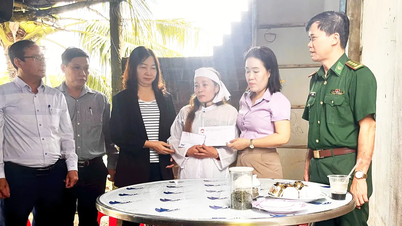
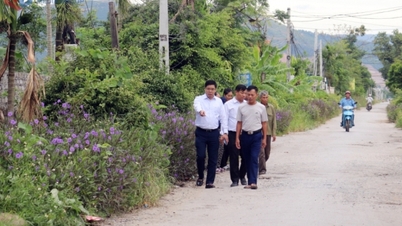

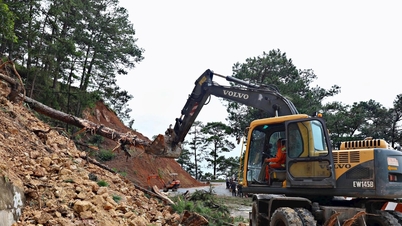

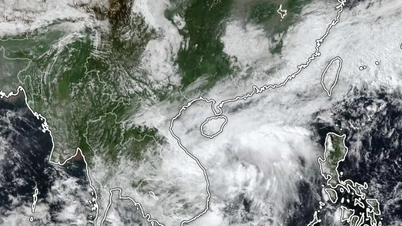
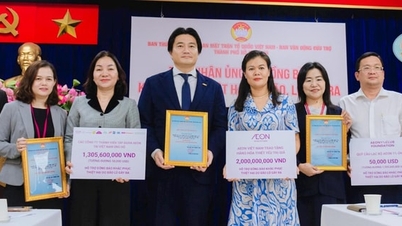

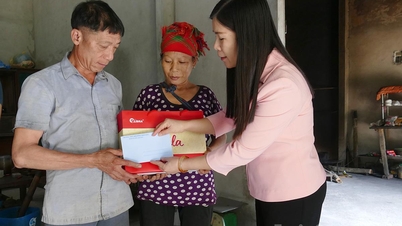















Comment (0)